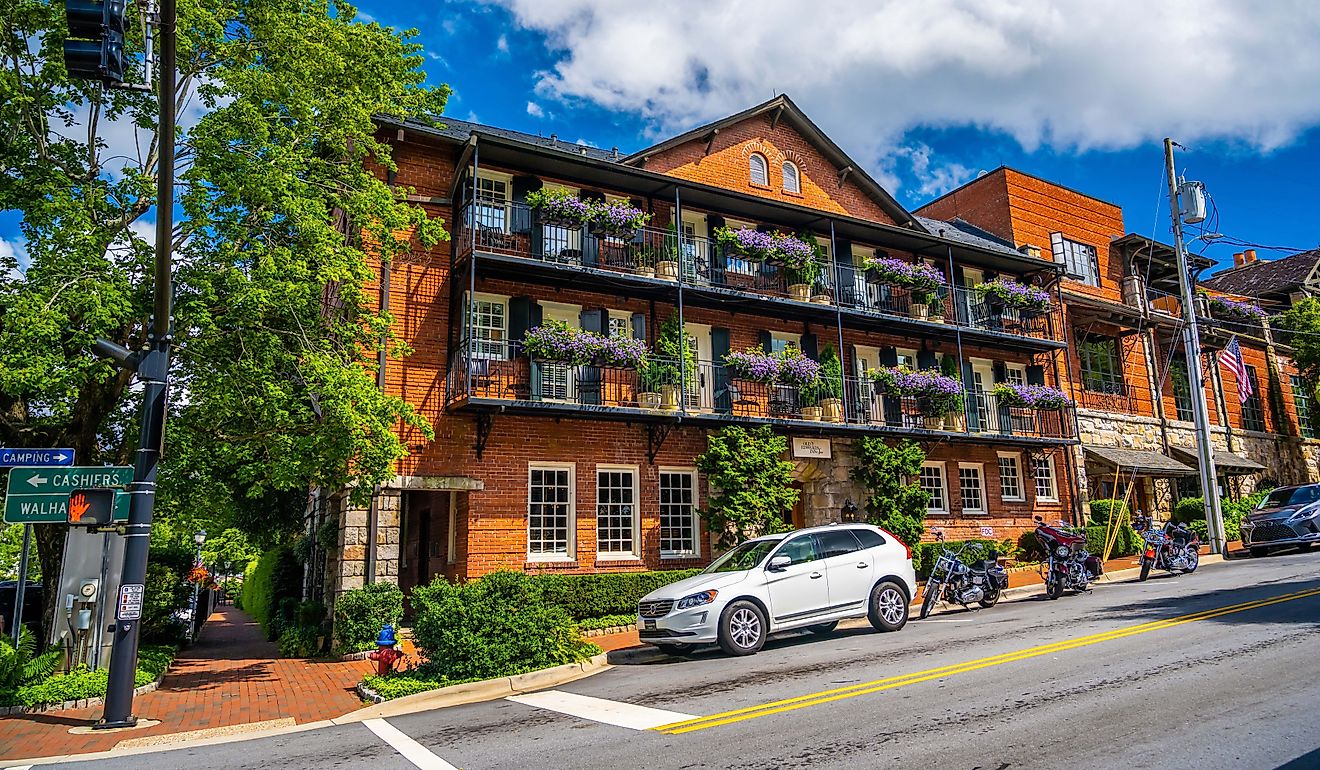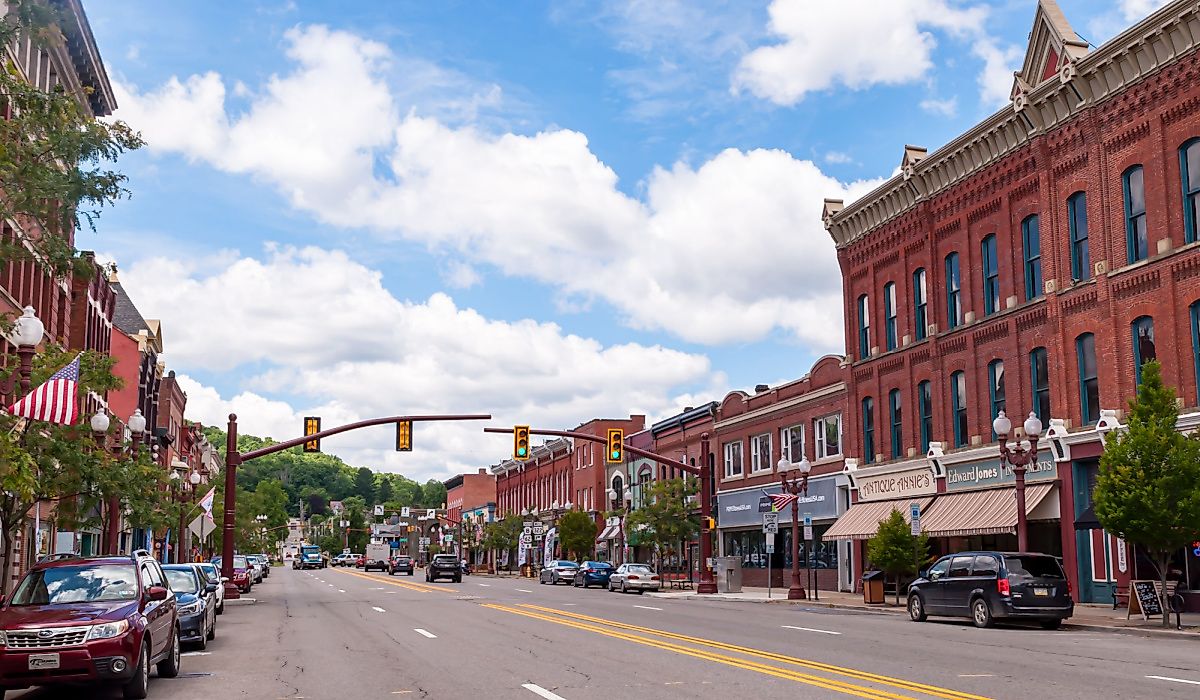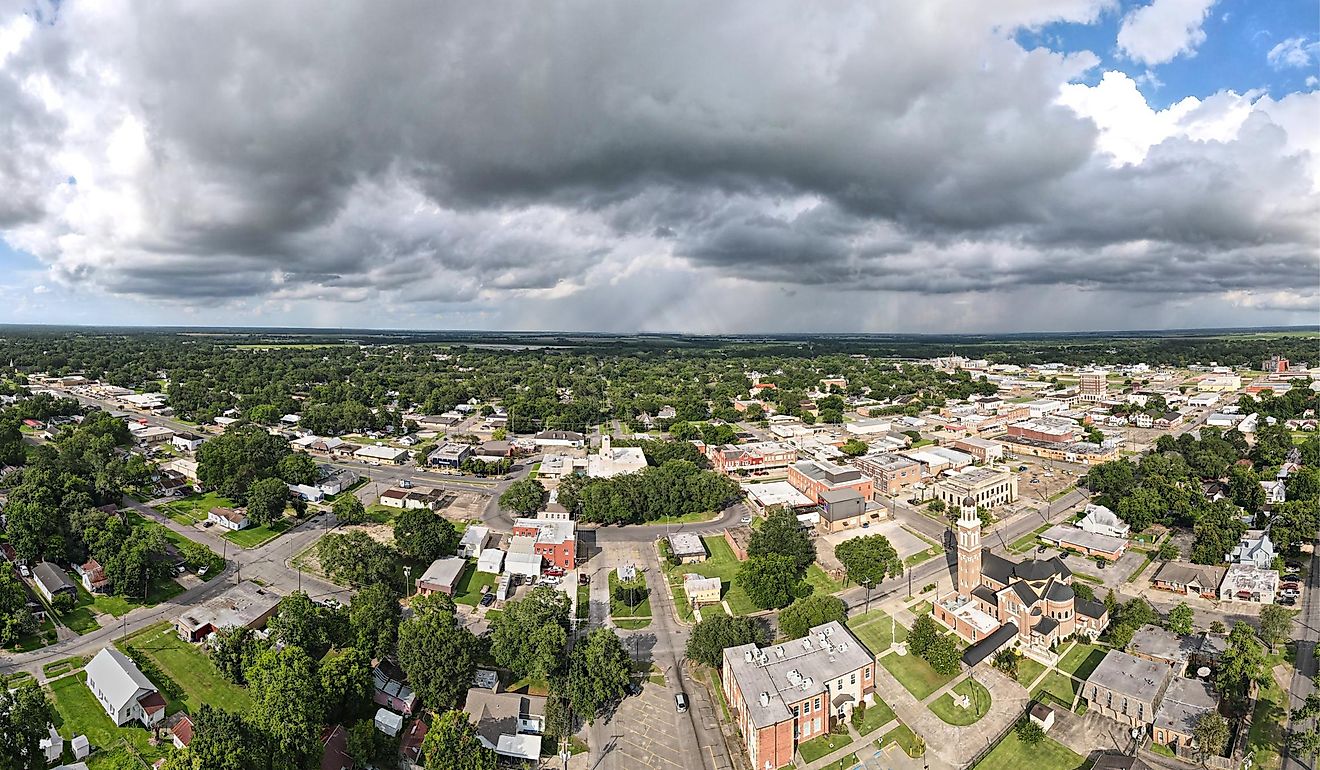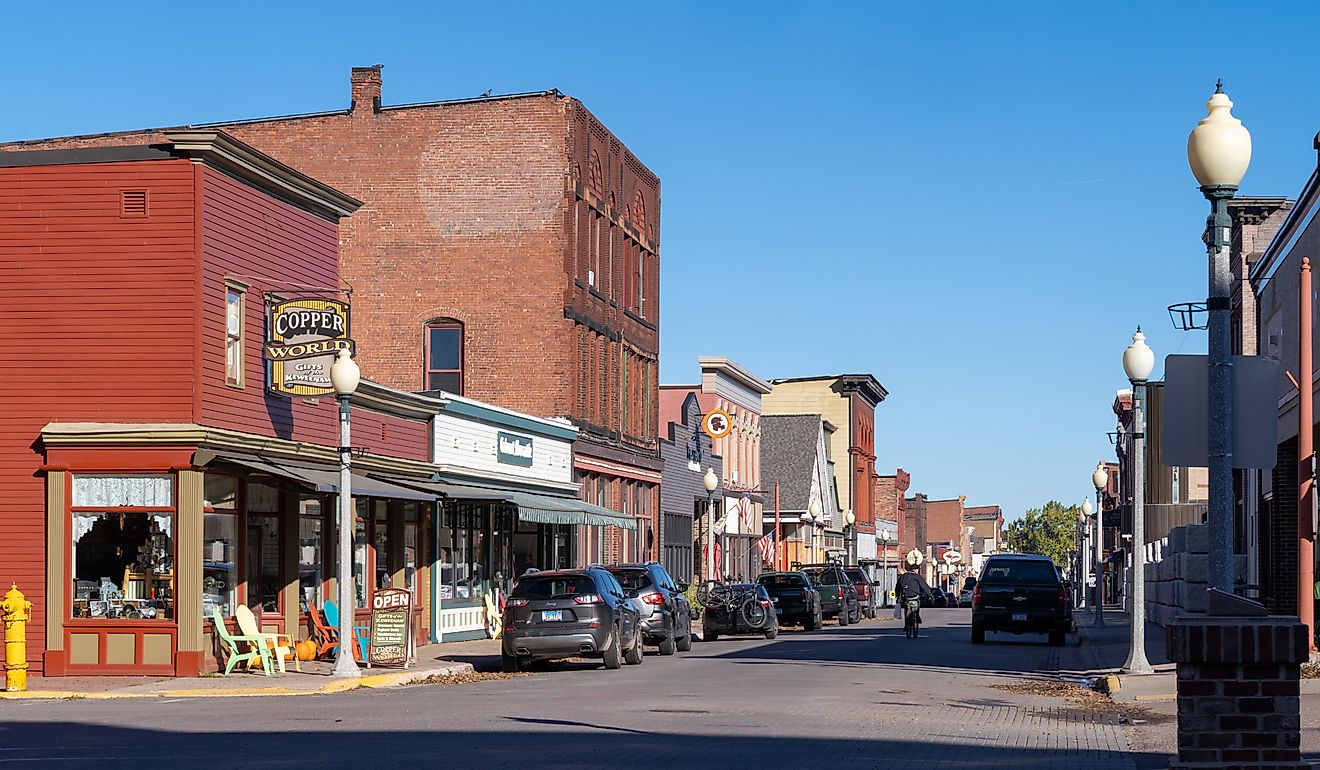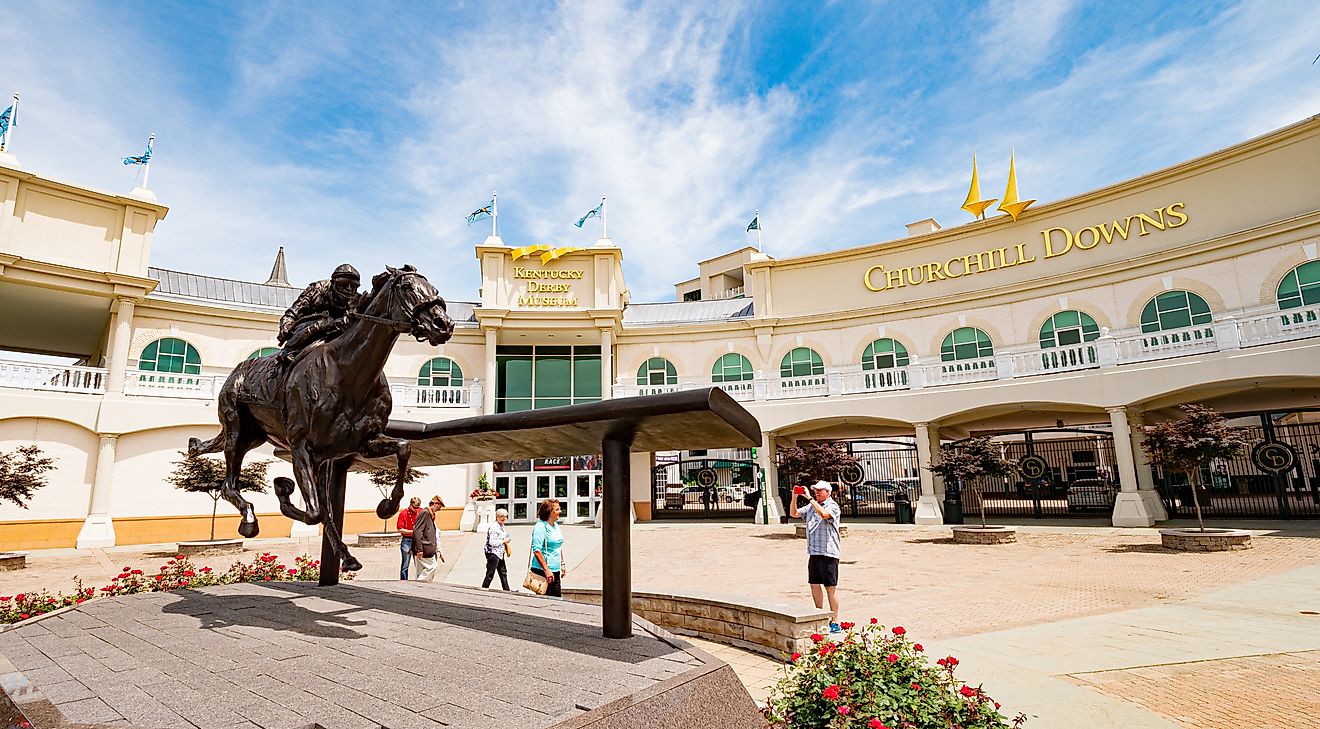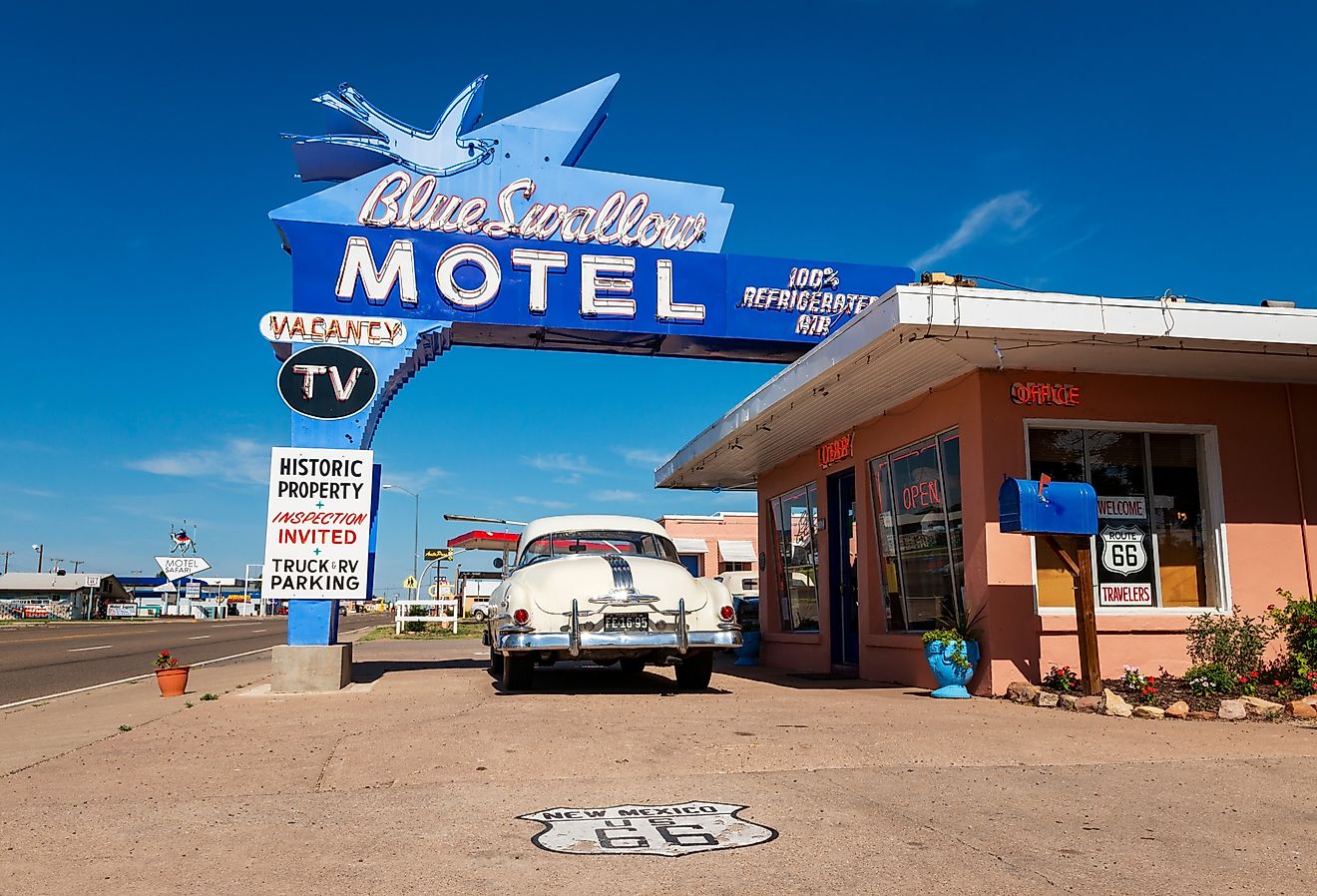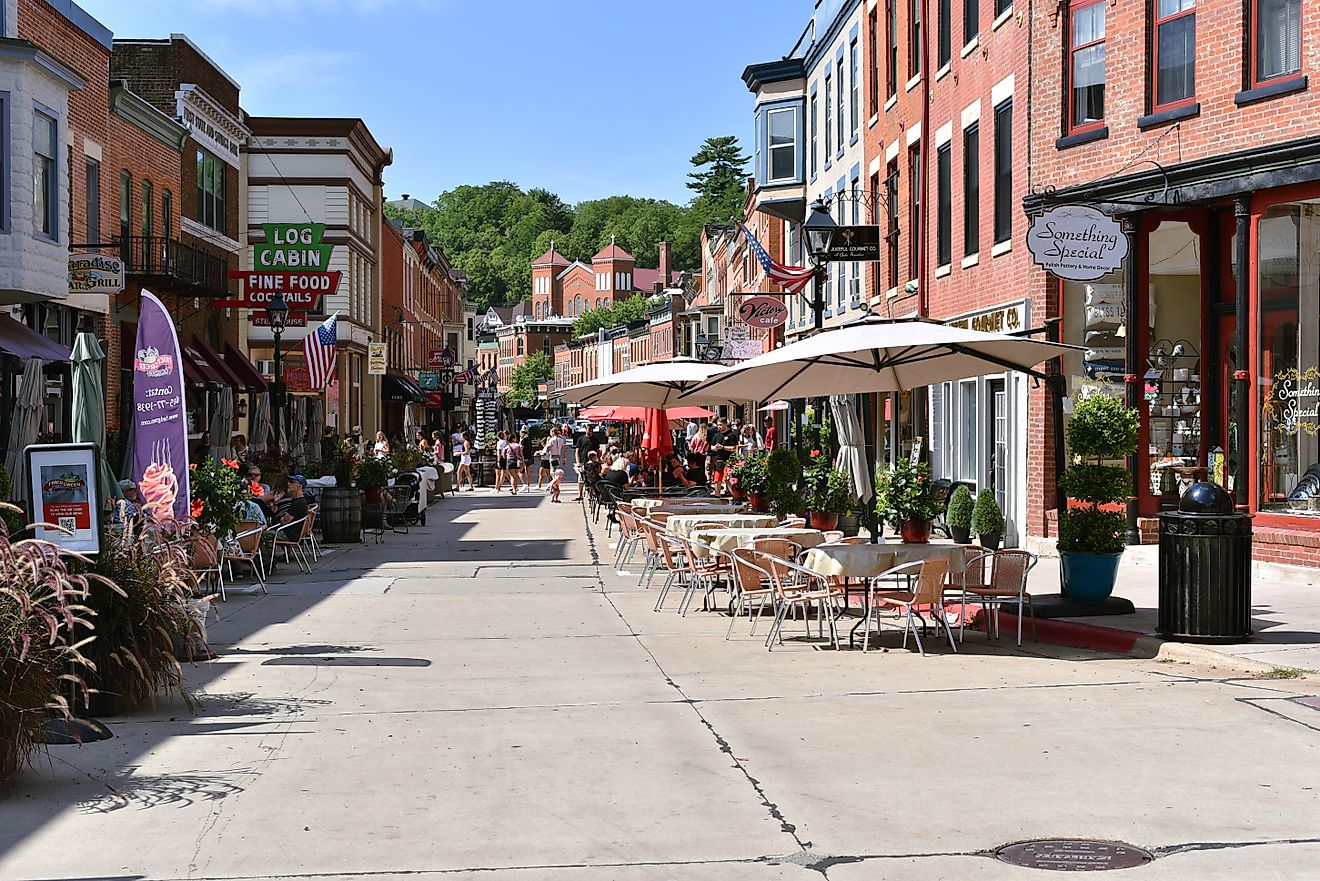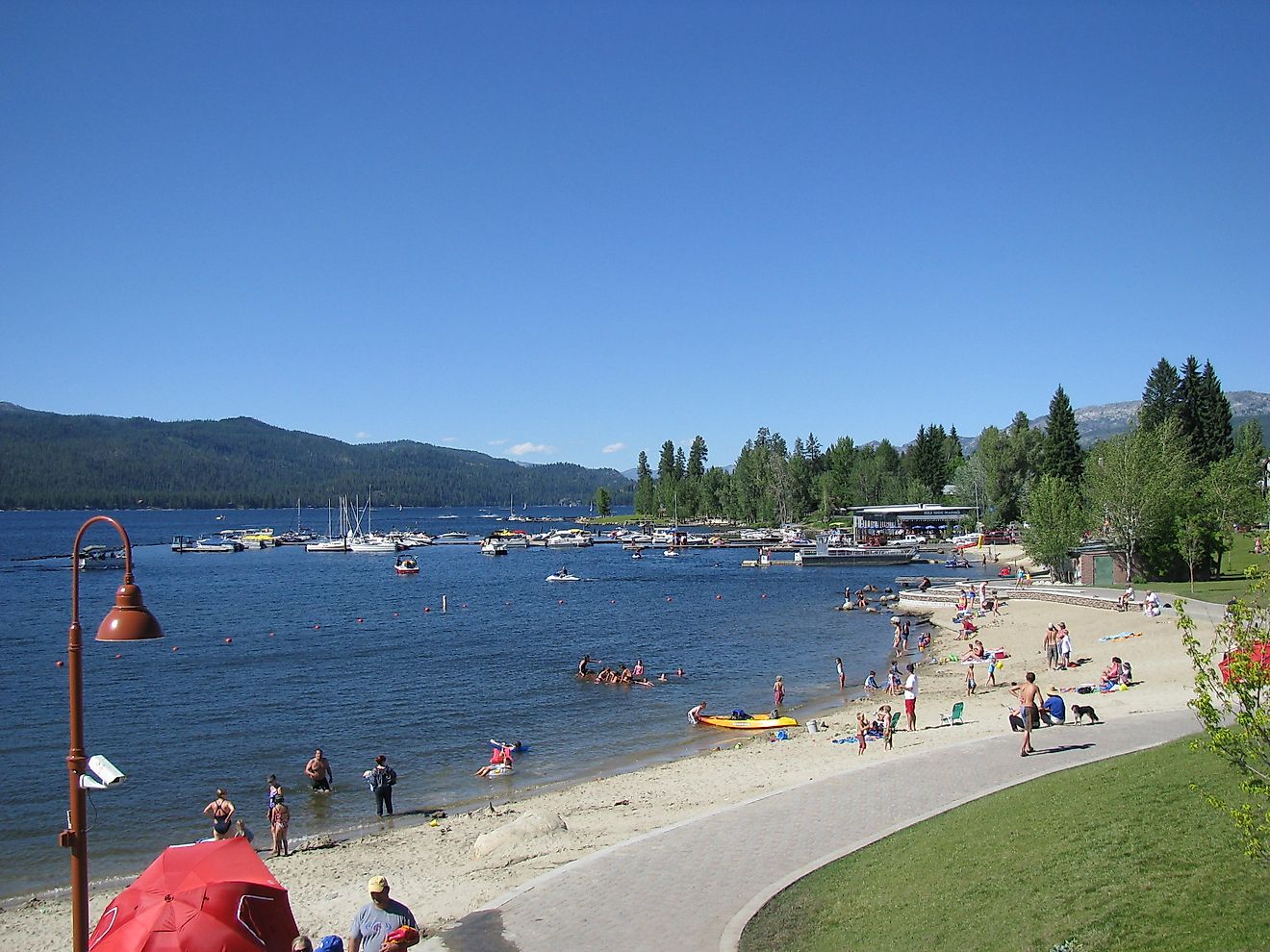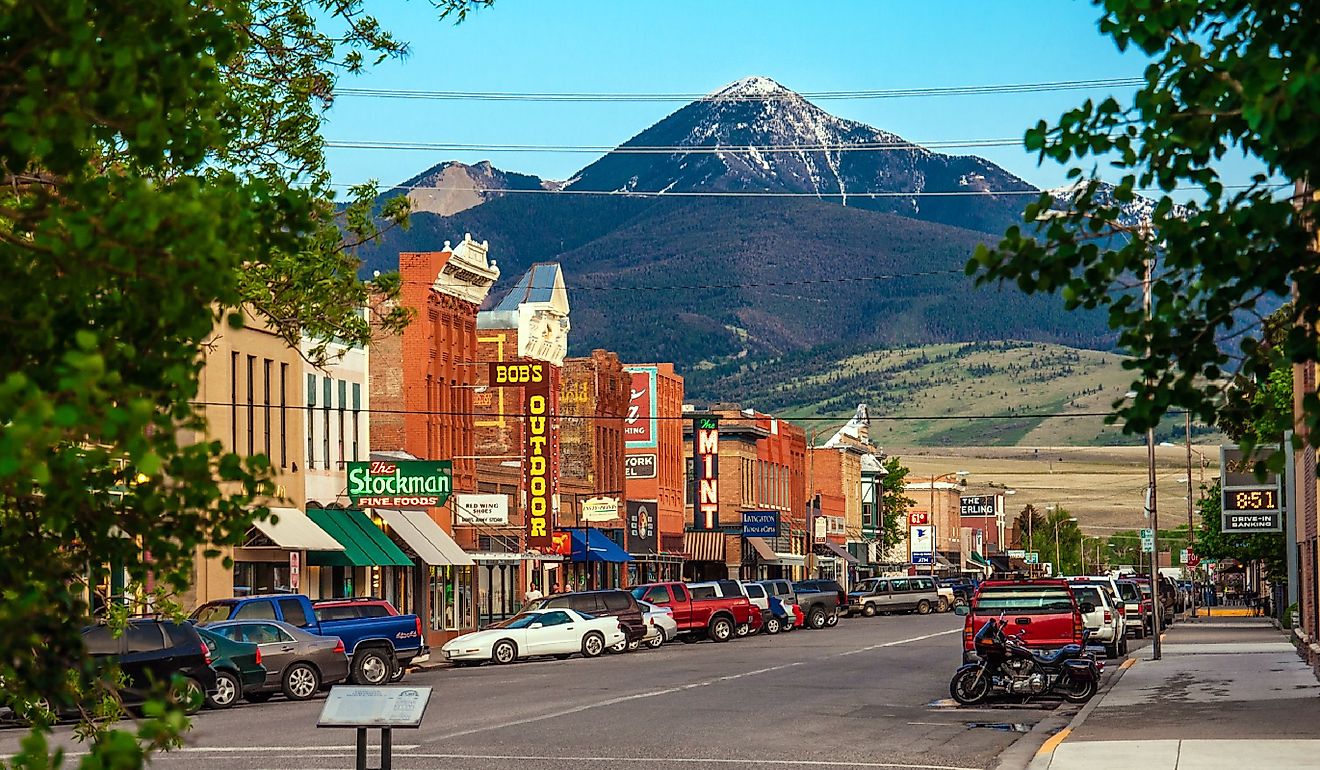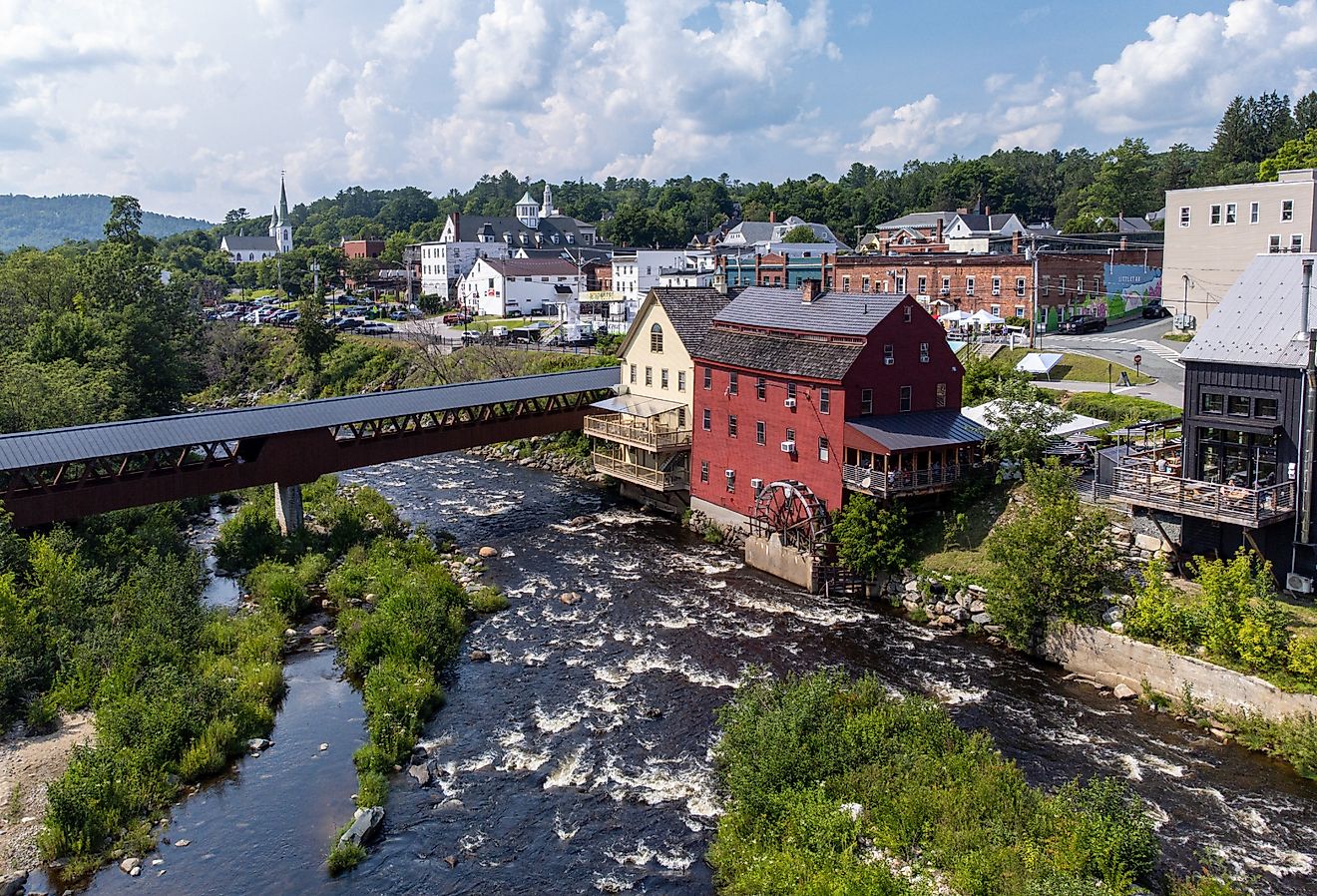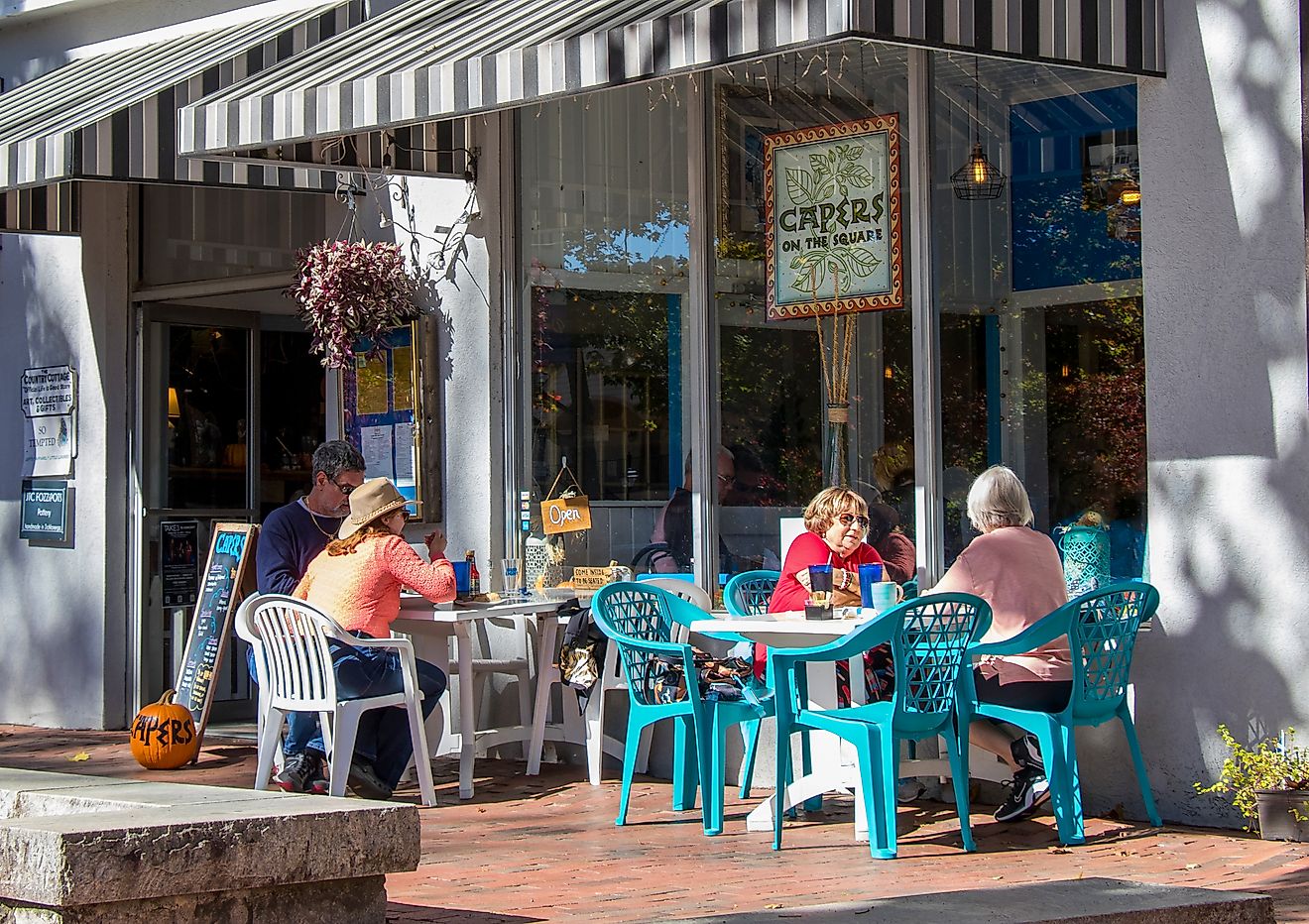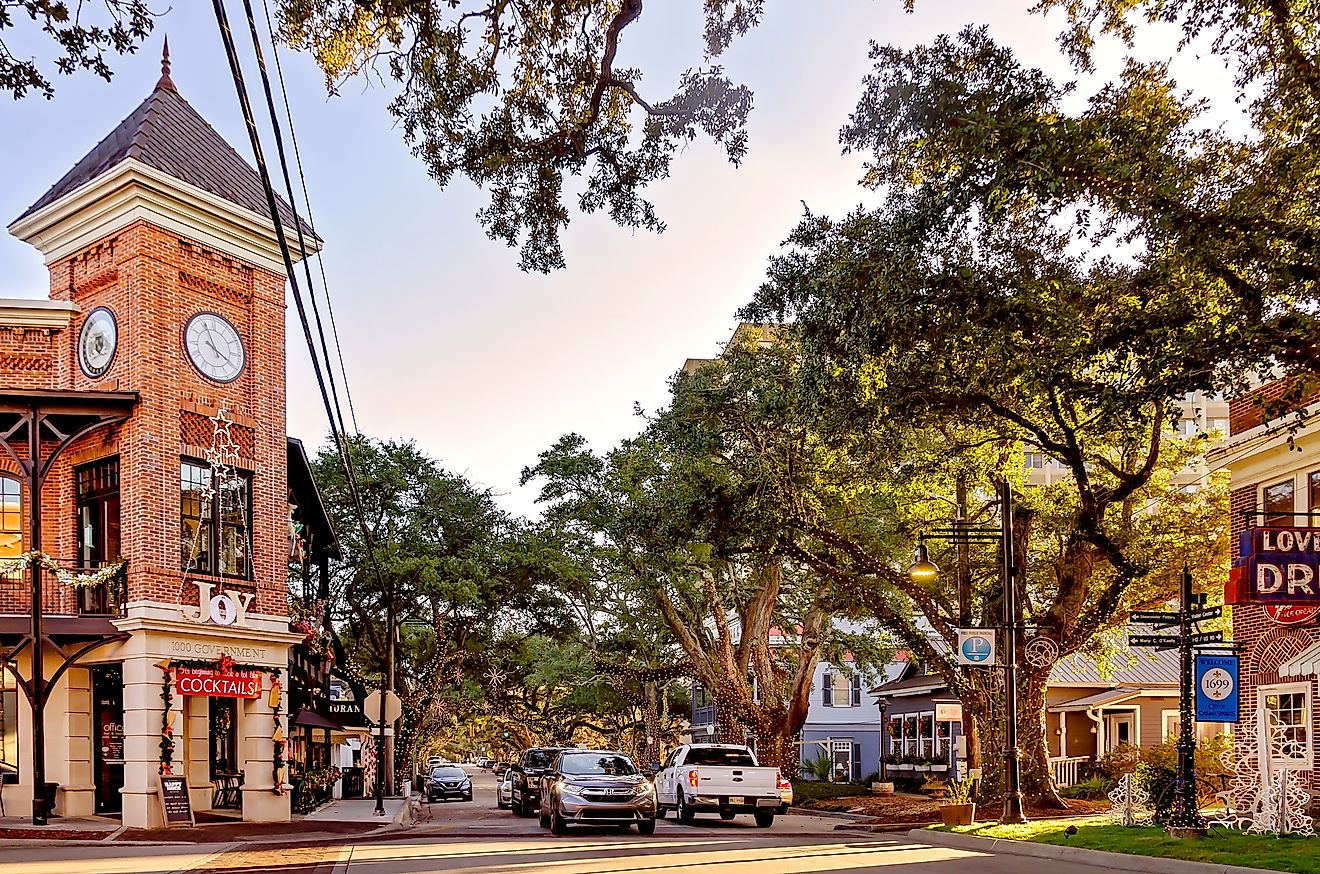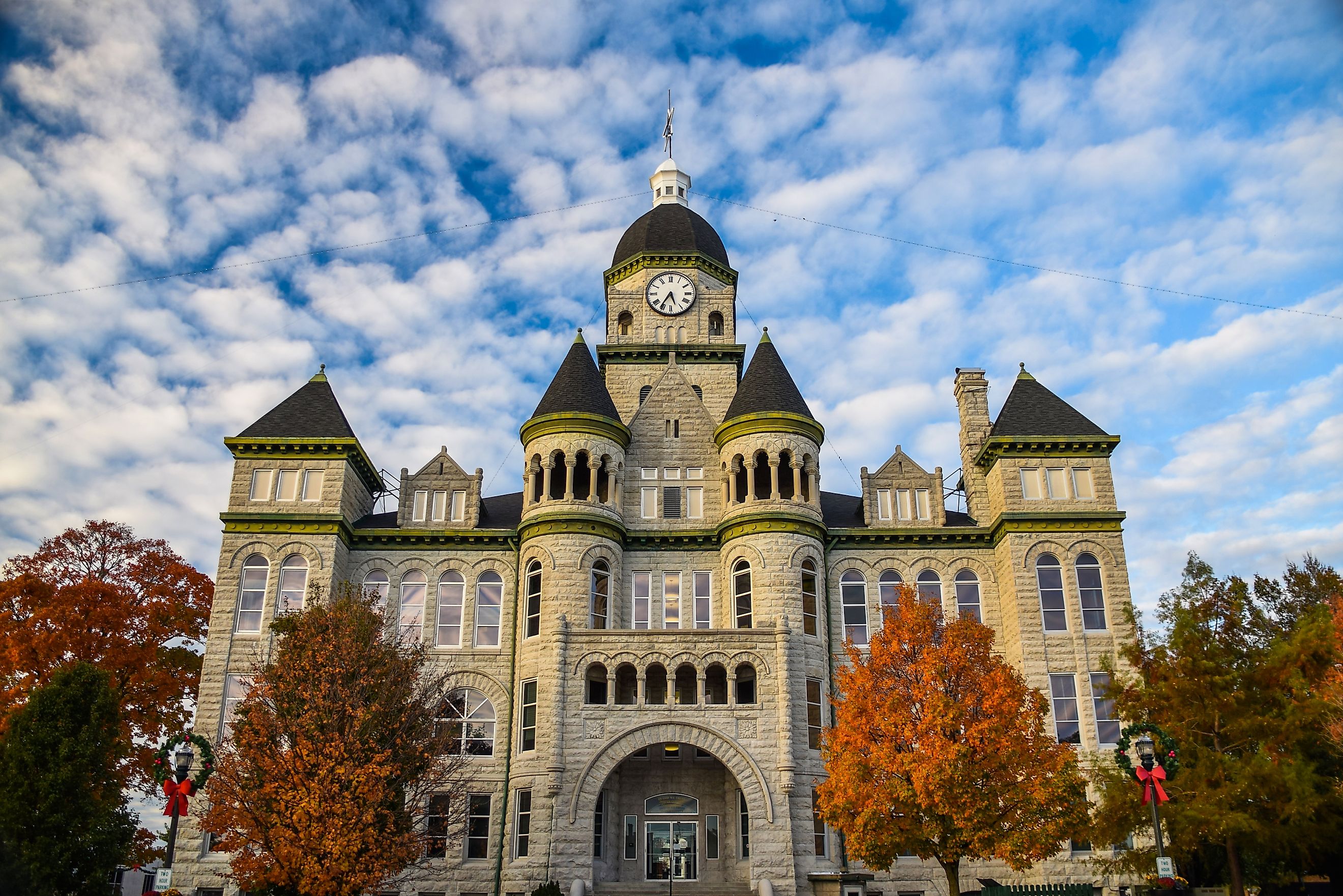
Carthage, Missouri
Carthage, Missouri, U.S.A, is a city of approximately 15,000 residents. Carthage is located in Missouri's Jasper County, also acting as the seat of said county. What is the story of the so-called "Maple Leaf City?"
Geography
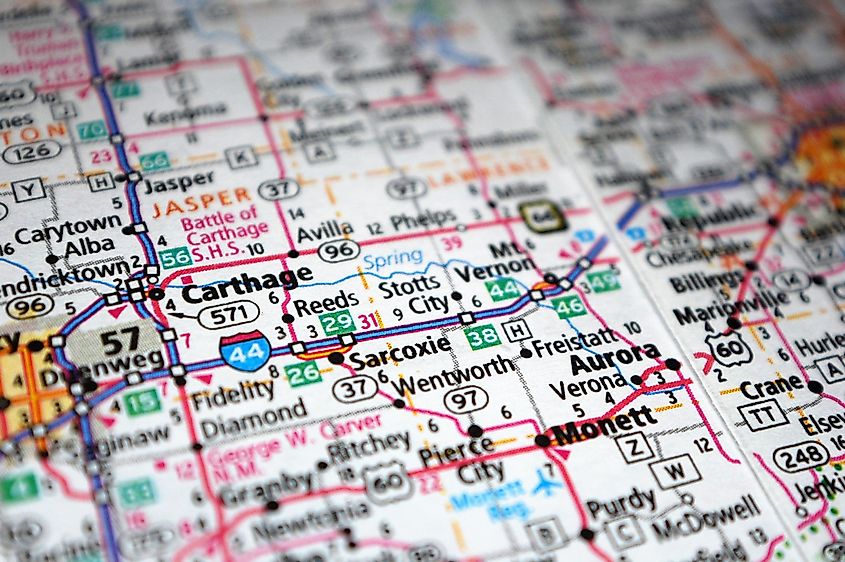
Carthage has an area of 30.28 km, of which 0.10 km of it is water. The city is about 4 hours from St. Louis and 2 hours from Kansas City. Carthage, being in Missouri, has a subtropical climate and is subject to intense seasonality. Carthage is vulnerable to tornadoes; a strong tornado struck nearby Joplin in 2011.
History
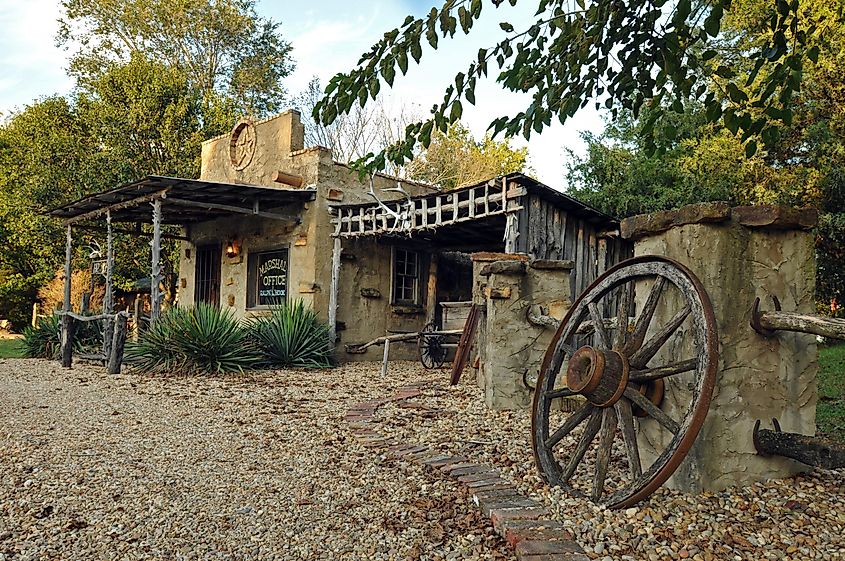
Modern Carthage, Missouri, was originally the land of the Osage Native Americans. The earliest contact between natives and Europeans in this area is believed to be in 1673 CE, through being mentioned on a map by Jesuit priest and explorer Jacques Marquette. The Osage Nation made treaties with the United States in the early 1800s, which set up the foundations of modern Carthage, Jasper County, and Missouri. Jasper County was officially created in 1841, with Carthage being made the county seat. Carthage was created for the purpose of being the County Seat in 1842 and grew to about 500 residents by the American Civil War.
Carthage, Missouri, was named after the ancient North African city and empire of the same name. Being near the Kansas border, the town was subject to raids, riots, and battles over the issue of slavery. The 1850s was a period known as Bleeding Kansas in both Kansas and Missouri. This was a time of intense civil strife as abolitionist militants fought against pro-slavery militants. By the time the American Civil War came around, the city had played host to two battles. The First Battle of Carthage in 1861, 3 months into the civil war, was considered a Confederate victory. The second Battle of Carthage took place in 1863 and was a Union victory. Pro-confederate troops and guerillas did a lot of damage to the city during the war, and it had to be rebuilt in 1866 mostly. The town sustained itself economically on lead and zinc mines in the ensuing decades after the civil war. The city also became an agricultural hub, dealing in food. Legget & Platt, now a Fortune 500 company, was founded in Carthage in 1883. During the 19th century, Carthage is believed to have been the city with the most millionaires per capita in the entire United States, although the population was very small. Carthage's population grew when highway routes began to pass through in the 1920s, particularly routes 66 and 71. The Civil Rights Acts of 1964 and 1968 forced Carthage into the modern era, as like many southern cities, Jim Crow ideology informed the city's politics.
Economy
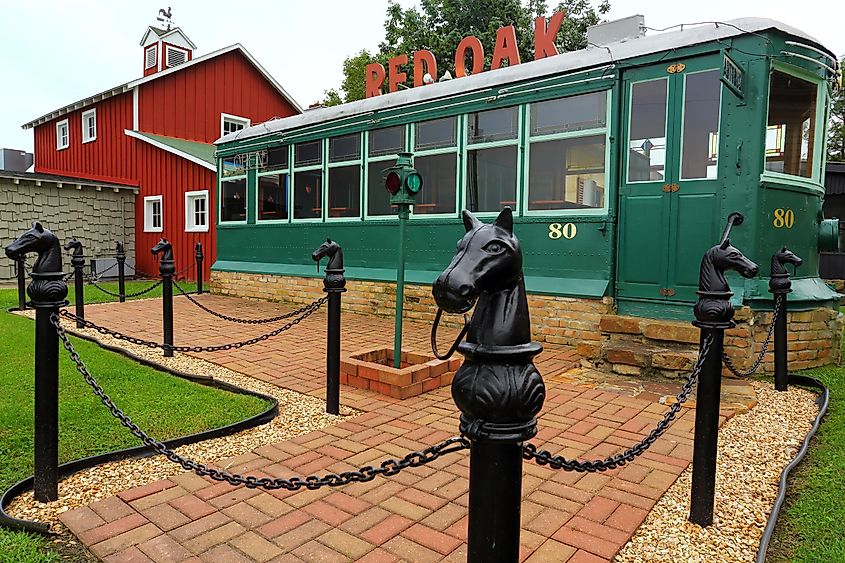
The economy of modern Carthage relies very much on tourism. The sites of the two battles of Carthage from the civil war are a significant draw. Leggett & Platt is one of the largest employers dealing in home hardware and appliances. The food processing industry is also a massive source of income for Carthage. The city is also the host of the first thermal conversion plant in the United States, attempting to turn its slaughterhouse waste into energy. Surprisingly, Carthage is also the only city in America with a dynamite plant.
Demographics
The city of Carthage is majority white, at 87 percent. Only about 1.58 percent of the population is black. Carthage also has a four percent mixed-race population. Carthage slightly skews towards a cis male population at around 50.5 percent. The Baptist and Methodist traditions of Protestant Christianity are the most popular religions in Carthage. Carthage is also unique in that it has a Vietnamese Catholic church, the Congregation of the Mother Co-Redemptrix. This church is one of the most well-known religious institutes among the Vietnamese diaspora in the United States. Nearly half the congregation left Ho Chi Minh City after the North Vietnamese victory in the Vietnam War. Members of the congregation were accused of spying for the CIA by the North Vietnamese government. Furthermore, North Vietnam's anti-religious sentiment due to their communist ideology made many Vietnamese Christians leave the country.
Tourism
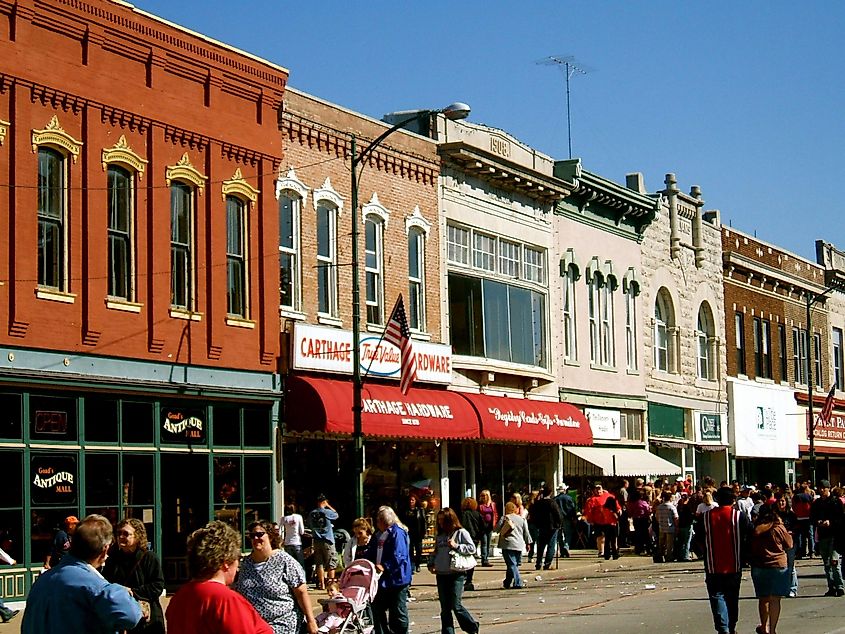
Carthage is well known for its Maple Leaf Festival. This festival, held every October, celebrates the many Maple trees that grow in Carthage. History buffs can watch or participate in reenactments of the First Battle of Carthage. The Carthage Civil War Museum appeals to the history buffs who don't want to be among the blank gunshots and smoke. Precious Moments Park houses several porcelain figures to marvel at, while the 66 Drive-In Theatre is an excellent place to relax and watch a movie. Cherry's Art Emporium on the Square is a great spot to view various art forms from different eras. The Powers Museum focuses on the history of Carthage and the surrounding area. You can also immerse yourself in Victorian architecture and even tour some of the homes, such as that of William Phelps. Phelps' family lived in his Victorian-style home from 1845-to 1916. Today his home is a popular tourist destination.
Carthage is a reasonably small town. However, its entire existence has been filled with drama, intrigue, unique stories, and a surprising level of success for a city with such a low population. When or if you find yourself in Carthage, just know that there will be a lot to do and quite a few interesting stories to hear.
